Review: LG G3 Vigor for AT&T
Nov 14, 2014, 5:00 PM by Eric M. Zeman
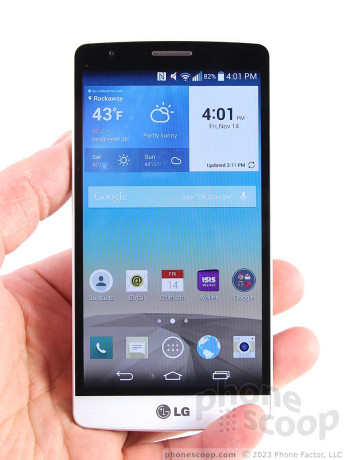
The Vigor from LG is a poor man's G3. It offers the G3's good looks in a smaller, more affordable package. Does it lose anything in the transition? Find out in Phone Scoop's full review.
Form
Is It Your Type?
LG's G3 Vigor is a smaller version of the G3 that ramps down the specs and size in favor of one-handed usability and affordability. It resembles LG's flagship smartphone, but inside is a mid-range handset. If you want a device that has a premium feel without the premium price, the Vigor is worth a look.
Body
The G3 Vigor is a mish-mash of the G3 and the G Vista. It has the G3's looks and the Vista's innards, wrapped up in a handset smaller than both. It's not a bad combination.
The Vigor is made of plastic. It has crisp, clean lines that are appealing. The front is mostly black, with the exception of a white band that crosses the bottom. The back surface is also white, and brushed in such a way that it mimics the look of metal. There's a thin, chrome band that wraps around the side edges. It lends a classy look to the Vigor. The materials are quite good. LG used high-grade plastics for the rear shell, and the glass/metal combo is always appealing.
The Vigor is exactly the same size as the LG-made Nexus 5, though it's bigger than an iPhone 5/5s. It's probably still crazy to call a phone with a 5-inch display “compact”, but that's how the Vigor feels. (Maybe I'm too used to phablets?) LG minimized the bezel surrounding the screen, which helps keeps the overall footprint of the phone down. The back has a noticeable curved shape. That helps the phone feel smaller and fit a little bit better in the hand, although it also means there are no buttons along the outer edge. I found it comfortable to hold and use, though it's technically a bit thick in the center at 9.9 mm. You can operate the Vigor quite easily with a single hand. You won't have any trouble slipping it into your pocket.
The screen accounts for the bulk of the front surface. There's a slim bezel above the screen that holds the earpiece speaker and user-facing camera. The speaker is covered in a chrome-colored grill, so it stands out visually. The bottom bezel is a little thicker, but there are no buttons. The Vigor relies on Android's on-screen controls for the operating system.
Like a fistful of other LG devices, the Vigor's buttons are placed on the back. I'm slowly getting used to this configuration and had less trouble remembering where the buttons are located after using the Vigor for a week. The button and camera assembly looks and feels identical to those of the G3 and G Vista. The screen lock button is in the middle of the three-button array, with the volume above and below. The screen lock button is raised just slightly, while the volume toggles are dimples that dip below the surface of the phone. I had no trouble discerning between the three without looking. Travel and feedback of all three buttons is great, but it's still too easy to accidentally smudge the camera lens while your finger searches for those buttons.
The micro-USB port is on the bottom of the phone, as is the stereo headphone jack. There's no physical camera button.
The Vigor's rear cover peels off with ease thanks to a nice notch for your thumbnail. Under it, you'll find the removable battery and slots for the SIM card and the memory card. Both cards can be hot-swapped.
It's a well-built little phone that anyone can carry with pride.
Performance
Screen
The Vigor has a 5-inch LCD panel that includes 1280 x 720 pixels. The panel looks good enough that I at first mistook it for a 1080p HD display. It is bright enough for indoor and outdoor use, though you have to crank the brightness when outside. On-screen elements such as icons, graphics, and text look clean. Individual pixels are more or less invisible. Viewing angles are excellent; there's no color shift or brightness change when the phone is tilted side-to-side. LG makes great screens and that certainly applies to the Vigor.
Signal
I tested the Vigor on AT&T's network in and around New York City. It performed very well with respect to both voice and data. The Vigor connected all calls on the first dial, and it didn't drop any, even in a moving car. The Vigor did miss a call in a weak signal area, though, where other AT&T phones did not. I was pleased with data speeds. They weren't the fastest I've seen on AT&T's network, but they were quick enough for firing off Facebook posts, responding to emails, and sharing photos on Twitter. Importantly, the Vigor was still able to use data when AT&T's network was at its weakest, which not all phones can do.
Sound
The Vigor produces loud, mostly-clear audio in the earpiece. When set all the way up, the earpiece is loud enough to be heard in all but the noisiest spaces. I easily held conversations on busy Manhattan streets, in boisterous coffee shops, and at raucous soccer games. The quality of calls was generally good, though I heard minor interference from time to time. Voices sounded good to me coming through the earpiece, but people I spoke to through the Vigor said I sounded "just OK." The speakerphone is also very loud; it has quality comparable to the earpiece. Ringers and alert tones are loud enough to get your attention. The vibrate alert is mediocre.
Battery
The Vigor sports a 2,540 mAh battery and I found it was good enough to get me through most -— but not all — days. When I used the device sparingly it easily retained a charge between 8AM and midnight. If I used it intensely, it more often conked out by about 9PM, which is not quite good enough. With what I feel is average use, the Vigor made it to bed time, but just barely. You'll need to charge the Vigor every night, and pay attention to your battery usage throughout the day.
Thankfully, the Vigor has a great battery saver tool on board. You can set it to come on automatically or manually, and can customize how the Vigor reduces power drain. For example, you can leave the Bluetooth radio on, but kill background data sync; or you can turn off WiFi, dim the screen, but keep haptic feedback on. Your choice. If you run into trouble early in the day and don't have a charger handy, the battery saver might just be enough to help you get through the rest of the day.
Basics
Menus
The LG G3 Vigor runs Android 4.4 KitKat with the same skin we've seen on many LG devices this year.
The Vigor's lock screen is fairly customizable. You can leave it blank, or add shortcuts, a clock, and/or the weather if you so wish. The Vigor includes LG's KnockOn and Knock Code. With KnockOn, you tap the screen twice to show the lock screen. With Knock Code, you set a unique, tapping pattern to wake and unlock the device. Both tools work really well. Only the camera can be opened from the lock screen without entering a password (if one is enabled.)
The Vigor includes three active home screen panels out of the box. All the home screens can be customized with ease. Thankfully, AT&T didn't clutter them up with widgets and apps.
The app menu works well. Users can select large or small icons. Apps can be viewed alphabetically, by date, or in a custom order, (but not in a list.) Several tools make it a breeze to hide apps from the menu screen or uninstall them altogether. (This is identical to handsets such as the G3 and Vista.)
The notification tray offers several toggles for wireless radios, plus the QMemo tool, common to LG handsets. The toggles can be customized, rearranged, and so on. The tray also includes sliders to adjust screen brightness and system volume.
You can opt to view the settings controls on a single page or broken down into tabs. The number of settings is lengthy. Users can adjust fonts and font size, wallpapers and themes, and customize the main Android control button arrangement. Last, the volume toggles can be designated as shortcuts for when the phone is locked. For example, a long press of the bottom volume key can open the camera, bypassing the lock screen entirely. Users can select which apps these two buttons open.
The Vigor is yet another handset to make use of the Qualcomm Snapdragon 400 processor. I've noticed sluggish performance on a few phones using the 400, but the Vigor didn't exhibit any such problems. It responded instantly to input and always felt quick on its feet.
Calls and Contacts
LG's treatment of the phone app is unchanged when compared to other LG devices. The app's basic home screen prioritizes the dialpad and provides tabbed access to call history, contacts, favorites and groups. The Vigor offers a few advanced calling functions, such as noise suppression, which worked well.
I've always liked LG's treatment of the contact application. The contact screen places dialer and messaging shortcuts right in the main screen, which eliminates at least one tap if you want to call someone or message them. It's easy to manage groups, and the contact app has several useful home-screen widgets, too.
Messages
The Vigor includes the customizable keyboard app from LG, which is a good, good thing. For example, you can adjust the height of the keyboard up or down to change the size of the buttons, and even swap out some of the function buttons at the bottom of the keyboard. Not many other keyboards can claim to do the same.
Google Messenger is the default messaging app and it handles SMS/MMS duties with aplomb. LG's skin of the app ensures it looks like the other apps, but the functionality is solid. Since Google allows Android device owners to pick which app they want to use for SMS, you can ditch the stock app if you want and use Hangouts or another third-party tool. Hangouts handles SMS, MMS, and IM, but does so in a clunky manner.
Twitter and Facebook are absent, but the Vigor has both the standard Gmail and email applications.
Extras
Media
There are no surprises in the media department aboard the Vigor. The Google Play Store is available for purchasing content, and the individual Play apps are loaded, as well. Google has updated these apps recently and they are much more powerful than before. (The one bummer is that Material Design clashes with LG's user interface skin, if you ask me. It's a minor annoyance to my eyes, but you may not even notice.) There's a separate music app for playing sideloaded content, and of course the YouTube app.
AT&T Live TV is on board, if you care to pay for streamed video clips. Beats Music is there, too.
The Vigor includes LG's remote control app for your home theater gear. I found it easy to setup and use with my TV and cable box. I was flipping channels and surfing my content guide in no time.
LG included its entire suite of media sharing tools. First, there's NFC for easier pairing; just tap to share. LG's SmartShare Beam connects the Vigor to other LG phones and tablets, but the phone also has a Media Server tool for connecting with devices via DLNA. The Vigor also includes LG's PC Suite for connecting to computers.
Camera
The camera app is easy to use, yet it still manages to offer some great features. You can launch it from the lock screen or with a long press of one of the volume toggles. There is no dedicated hardware camera button.
LG made it a point to make sure the camera is ready to fire off a picture immediately if that's what you want to do. Simply tap the screen to take a shot.
If you want more, press the three little dots in the corner. The camera tools drop down along the left edge of the screen and include access to the flash, front-facing camera, shooting mode, and settings. A visible shutter button for taking pictures/video only appears after you press the three little dots. There are only two shooting modes: normal and panorama. That's rather limiting.
The full settings let you turn the framing grids on/off, turn LG's Cheese Shutter feature on/off, set the timer, adjust the resolution of images, and cycle through the HDR modes. There's no white balance, no exposure, no color controls, nor many other controls that are often available to smartphone cameras.
It performs well, mostly, but I wish it were a bit faster to focus and capture images. This is disappointing given that the Vigor has laser focusing, which is supposed to help speed things up.
Pictures
The Vigor can take pictures up to 8 megapixels. The highest setting shoots full frame (4:3) images. If you choose the “wide” 16:9 ratio, images will be cropped to 6 megapixels. I was generally pleased with the focus, exposure, and white balance in the images I captured. Only rarely did I see any real problems crop up. Focus was nearly always razor sharp. Most people should be happy with their photos, and it can probably replace a dedicated point-and-shoot for those upcoming holiday gatherings.
Video
The Vigor shoots either 1080p (full HD) or 720p HD video. It can't shoot slow motion or anything else fancy. The full HD video I captured looks pretty good. Focus was sharp and white balance was accurate, but exposure sometimes struggled. The white wall behind my tree below, for example, is overexposed while the tree is a bit underexposed. In general, the Vigor will suffice for everyday recording needs, but I'd switch to a dedicated video camera if you have something important to capture.
Gallery
The standard gallery app has been skinned by LG, but the underlying mechanics are about the same as the stock app. It lets you view the gallery by album, date, or location and separates the local camera roll from online galleries that might be available. I really like that the gallery lets you separate videos from pictures. Whichever album you open, the images are arranged in a grid. You can perform pinch-to-zoom gestures to increase the size of the photos in the grid. Individual pictures can be moved and renamed, cropped and rotated, as well as adjusted for exposure, color, and so on. There are a number of built-in filters that adjust the tone and artistic appeal of photos. Sharing tools are a breeze to use, and let you easily send your photos to just about any online destination.
The Vigor also has the Google-made Photos+ app. I'd suggest you use this app instead of the Gallery app. First, it has more editing tools, the Auto Awesome enhancement feature, and automatically creates cool stories (photo montages based on time/location) using your photos. Second, it replaces the Gallery app entirely in Android 5.0, which means the older app probably won't be getting any more updates, and the Photos+ app will.
Apps
As expected, AT&T loaded the Vigor with its own (mostly) useless garbage apps. The list includes myAT&T, AT&T Live, AT&T Locker, AT&T Navigator, AT&T Mobile, AT&T Smart WiFi, Mobile Hotspot, Usage Manager, Drive Mode, Device Help, Mobile TV, and Yellow Pages. Some third-party apps on board include Uber, ThinkFree Viewer, Softcard, LookOut Security, Amazon Kindle, Beats, and Famigo. I mention all these because the Vigor has a rather paltry 3.7 GB of internal storage available to users. You're either going to need to delete some of these apps (which you can do) or snag a memory card ASAP.
The Vigor also supports LG's QMemo and QSlide apps. The QMemo feature takes a screenshot and then loads the image into a simple editor for marking up and sharing.
QSlide apps are miniature apps that can remain open and running on top of other apps in a little floating window. Some of them include the phone/contacts app, messaging app, browser, and calculator. These features have been around on LG phones for a while and function well on the Vigor.
Bluetooth
The Vigor supports Bluetooth 4.0. I successfully paired it with a half-dozen different devices. Phone calls routed to my favorite headset sounded excellent. Music pushed to a stereo Bluetooth speaker sounded decent, but not the best I've heard (because it doesn't support the aptX profile.) I didn't have any trouble pushing files to other devices.
Browser
The Vigor offers both the old Android browser and Google Chrome. For whatever reason, the older browser is set as the default. Your best bet is to stick with Chrome. Chrome does an excellent job rendering web sites, offers plenty of personalization tools, and, most importantly, interacts well with AT&T's LTE network.
Clock
There are several clock options for the lock screen. You can leave the lock screen blank, place a single clock there, a dual clock, or a clock combined with a weather widget. The clock is easy to read indoors, but hard to read outdoors unless you have the brightness cranked up.
GPS
The Vigor includes Google Maps and AT&T Navigator for navigation. Both apps worked well with the Vigor's GPS radio, which was consistent at pinpointing me in fewer than 10 seconds and to within about 20 feet. I like Google Maps because it's great for search, routing directions, and is free. AT&T Navigator is also a solid option, especially when it comes to handling real-time, dynamic traffic conditions, but it carries a monthly fee.
Guest Mode
Guest Mode is meant to safely protect the owner's data and settings while lending the phone to someone else (read: a kid.) Guest mode lets people play games or listen to the media player, for example, but not access email, messaging, or settings. It's a cinch to set up and helps keep private info private. The mode can be accessed with a dedicated lock screen pattern (drawing a "G" on the screen.)
Wrap-Up
If the full-sized LG G3 is too much phone for you, then the G3 Vigor might be the right match. It channels the bigger phone's good looks and solid feature set, but packages them into a smaller, less-expensive handset.
The phone is comfortable to hold and use, has a nice screen, offers excellent signal and voice performance, and manages to do OK with the battery, too. LG's user interface skin atop Android still looks good and functions well. The camera did better than I expected it to, despite the lack of advanced shooting modes, and media options are plentiful.
The Vigor's greatest asset is probably the price. The phone costs just $335 at full retail, but AT&T is selling it for about $11 per month (depending on the AT&T Next plan you choose). At that price, the Vigor is a bargain. It's like paying for a Toyota and getting a Lexus.
Comments
No messages


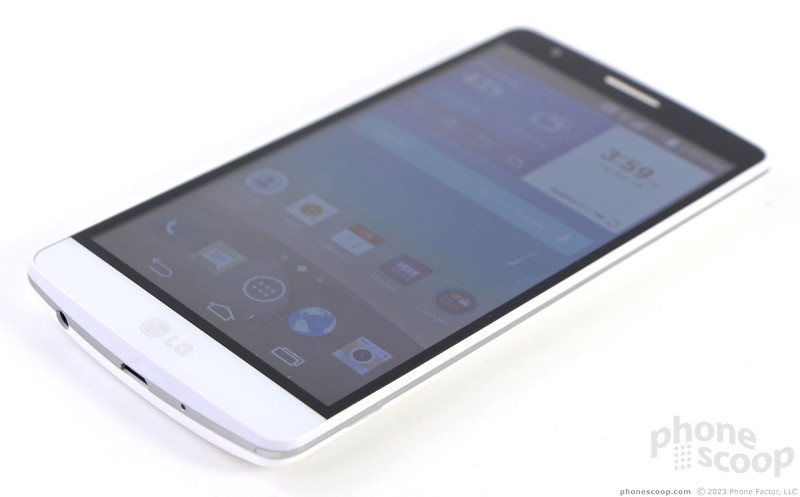
















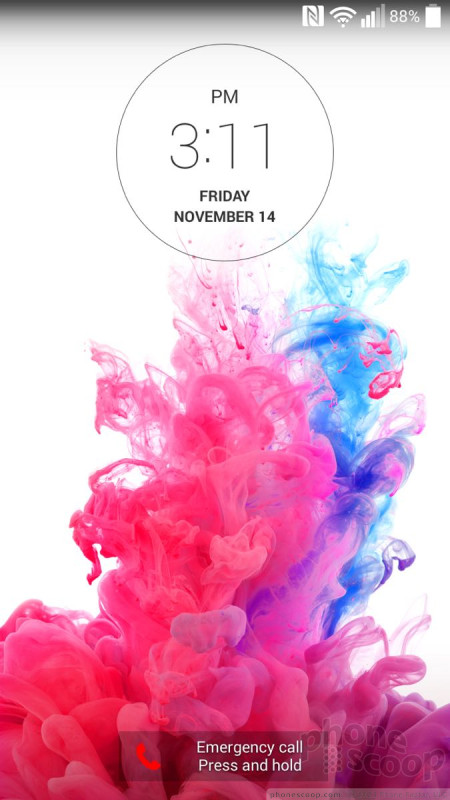








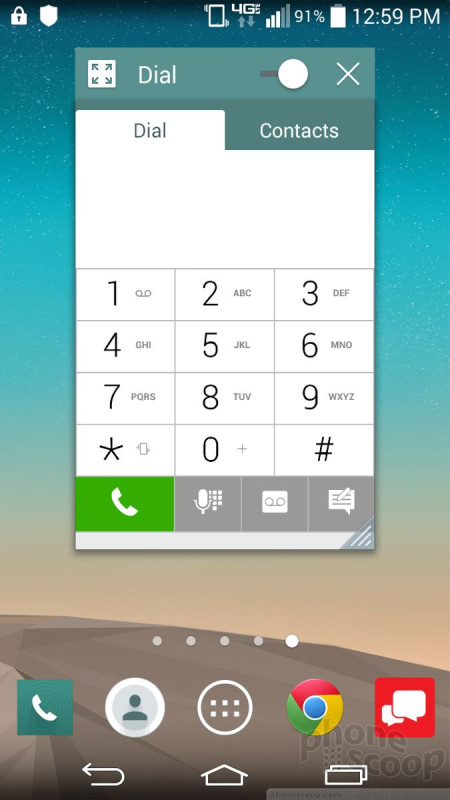


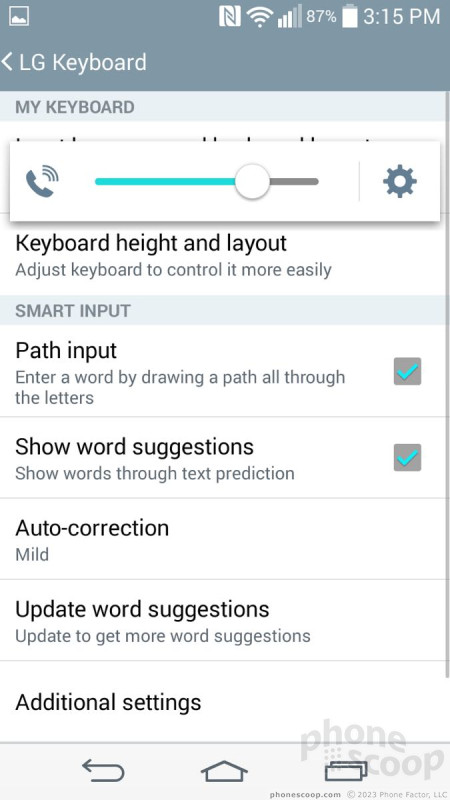




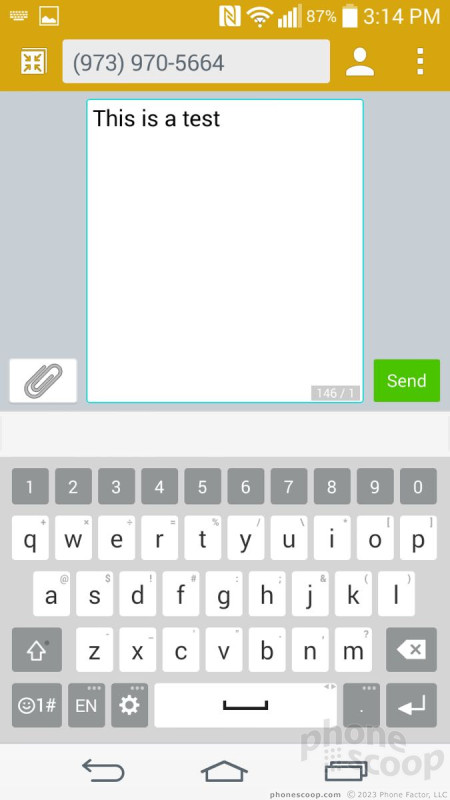



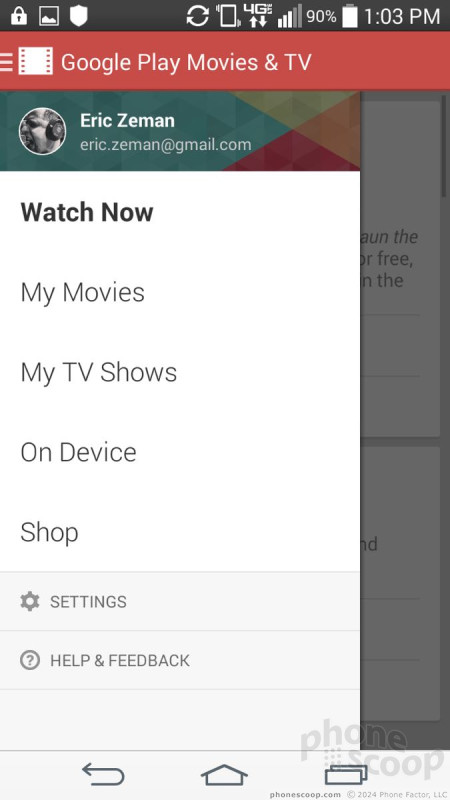



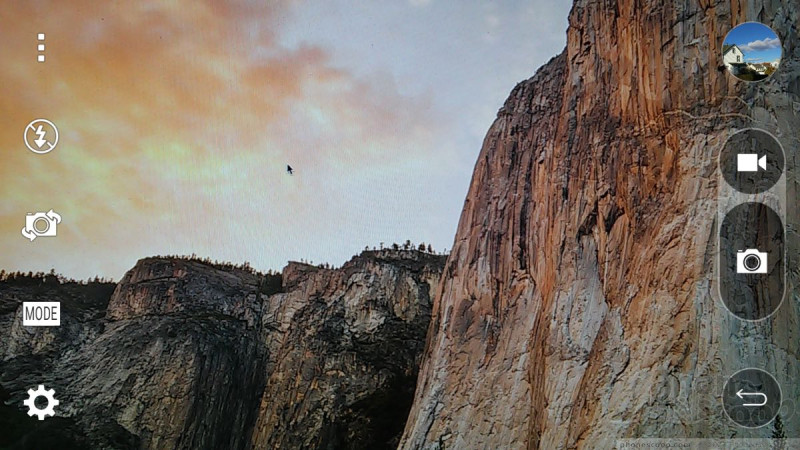

















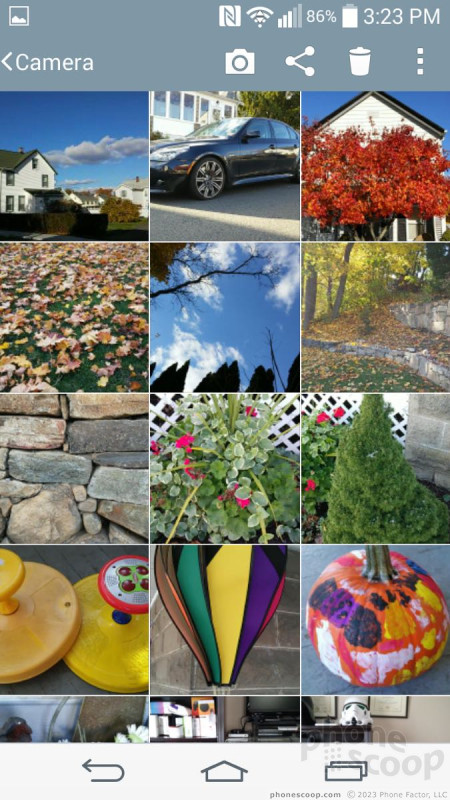




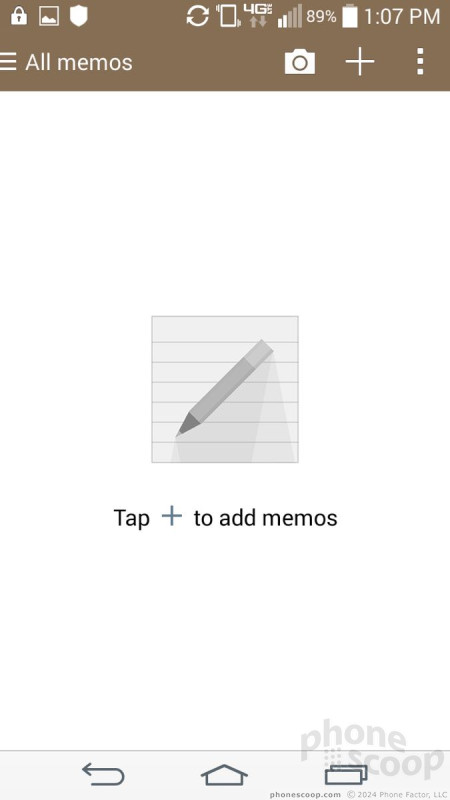










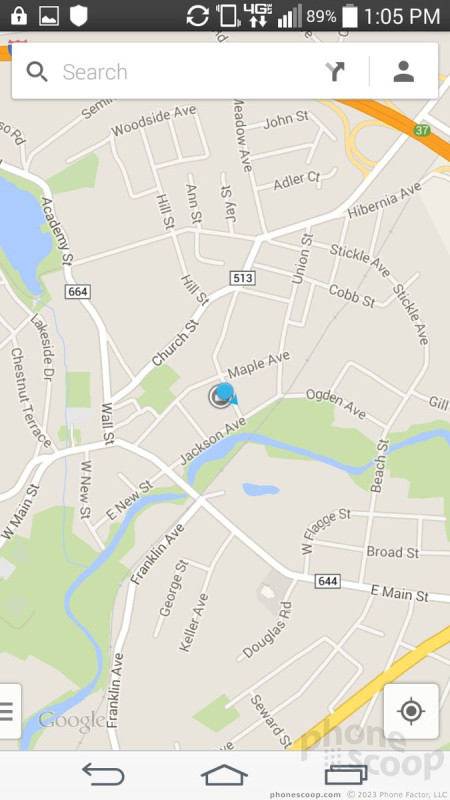




 Samsung S24 Series Adds More AI, Updates the Hardware
Samsung S24 Series Adds More AI, Updates the Hardware
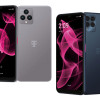 T-Mobile Updates its REVVL Affordable 5G Phones
T-Mobile Updates its REVVL Affordable 5G Phones
 Pixel 8 Phones Gain Circle to Search, Thermometer, and new Mint Color
Pixel 8 Phones Gain Circle to Search, Thermometer, and new Mint Color
 LG G3 Vigor (GSM)
LG G3 Vigor (GSM)




